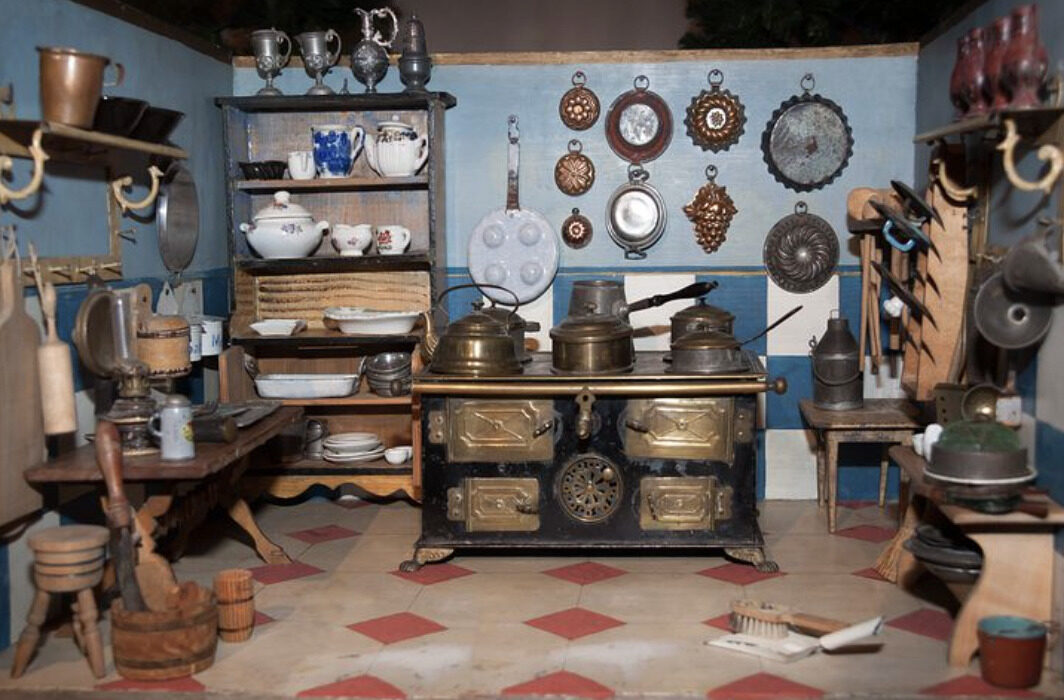As the world moves toward creating a greener environment, one of the issues of discussion is whether to recycle or discard old appliances. The statistics on appliance recycling and waste are not encouraging. Only 5.6% of 2.2 million tons of appliance waste were recycled last year, with calls for more to be done. These do’s, and don’ts will help provide insight on what to do with your old appliances in the house.
- Do: check for manufacturer recycling programs
When calls for creating a greener world gained worldwide interest, governments placed great pressure on appliance manufacturers. Their products account for more than half of electronic waste worldwide, and people wanted them to provide solutions. This led to manufacturers’ recycling programs. As it stands now, big manufacturing brands are taking this program seriously and have been at it for almost a decade. The program involves drop-off services at specific retailers when end users switch over to modern appliances.
For example, when a consumer purchases a newer LG washing machine and dryer model, the older ones are dropped off at designated points. This program has helped curtail the high incidences of poorly discarded household appliances. You will find the manufacturing recycling programs in the manual enclosed in the appliance package. Another way to check for it is to visit the manufacturer’s website to read about the processes involved.
- Do: sell old appliances for scrap
Looking for scrap metal dealers and related options close to you is a good idea. The option is to make money off an appliance that’s gone kaput. Scrap dealers constantly need internal electronic components, and if you can provide them, why not? When selling your old machines to scrap dealers, there are some things to note. The first is to be mindful of appliances containing Freon. Some years ago, the EPA discovered the global impact of this refrigerant chemical.
Years of research had proven that Freon was harming the ozone layer and inimical to creating a greener world. Therefore, most scrap dealers would not buy an old fridge or freezer with this element as its refrigerant. If you are unsure about the type of refrigerant used in your appliance, you can check the metallic label on the side or behind it. Did you know that many household appliances incorporate some precious metals in the internal parts? That should make you some good money.
- Don’t: dismantle parts yourself
According to the Environmental Protection Agency (EPA), old appliances must not be dismantled by non-professionals. The risks of causing harm to yourself and the immediate environment are extremely high. Your best bet is to send the whole appliance to an expert to disassemble or dismantle it. Many household appliances, especially larger ones, may contain poisonous foam insulation, mercury, and other toxic chemicals.
Therefore incorrect handling puts you and the neighborhood in danger of leakage or possible explosion. Moreover, many of these household appliances are not supposed to be dismantled in confined spaces. This is one crucial bit of information you must know. If the ultimate plan is to dispose of an old appliance, you can look for professional handlers like those on this website.
- Don’t: donate a faulty appliance
The Salvation Army, Goodwill, and other charities always encourage donations from the general public. These range from clothing and food to household appliances. Most of these charities may have specifications for items that can be donated. You must avoid dropping off a faulty household appliance at their designated pickup zones. Unless your appliance is fully-functional, such a donation may become a hazard to the next end user.
An old appliance is not necessarily a faulty one, and that is where to draw the line. Most often, people let go of their old household appliances because they intend to get an upgrade. If that is your case, a donation will be in order. Anything contrary to this can be a problem and, more so, a sign of ill will. This changes only if the charity specifically requests a donation of broken-down appliances.

